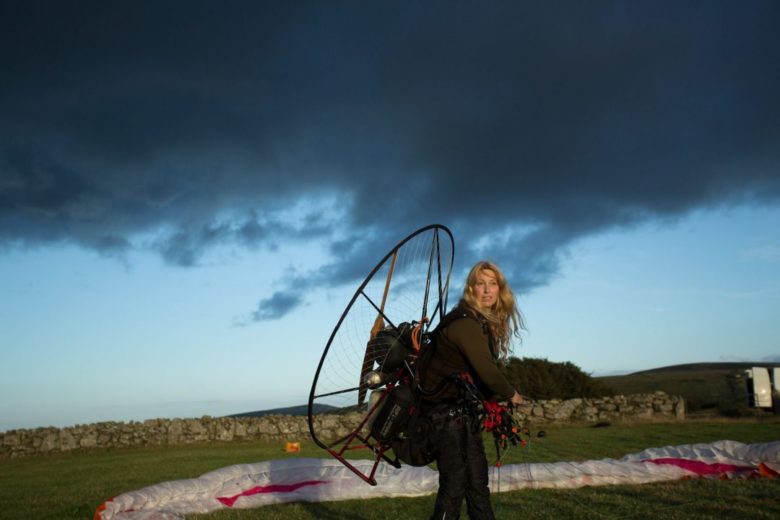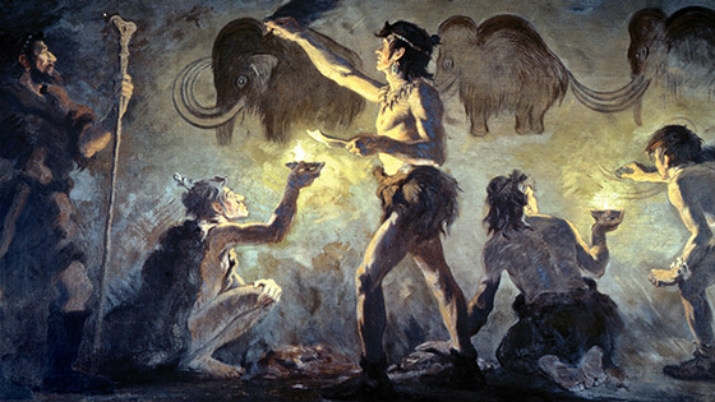Trans Day of Visibility – Conversation on Campaign Strategies & Ideas
Transgender Visibility of Day (TDoV) on March 31st celebrates the resilience and success of Trans* and gender nonconforming people.
As we celebrate Trans* visibility, we particularly think of those who still feel invisible, even in their own communities and live every day in fear of discrimination or violence. On TDoV and every other day of the year, we must fight for a world where every trans person is respected and protected!
Though the COVID-19 pandemic limits in-person celebrations for TDoV 2021, activists and campaigners are working within the restrictions to shine a light on Trans* rights.
In order for Trans* activists to exchange experiences and ideas about campaigning under the COVID-19 pandemic, we organized a webinar where we had the opportunity to hear the voices of Trans* campaigners and activists from around the globe.
You can access the entire recording from our webinar here.



 Like many of us, you might be facing attacks from opponents consisting of lies, propaganda, and other forms of disinformation.
Like many of us, you might be facing attacks from opponents consisting of lies, propaganda, and other forms of disinformation.
 Social service organisations collectively spend millions of dollars each year on communications that focus on informing people. Sadly, these kinds of efforts ignore the scientific principles of what motivates engagement, belief, and behavior change. Consequently, a lot of that money and effort invested in communications is wasted.
Social service organisations collectively spend millions of dollars each year on communications that focus on informing people. Sadly, these kinds of efforts ignore the scientific principles of what motivates engagement, belief, and behavior change. Consequently, a lot of that money and effort invested in communications is wasted.















